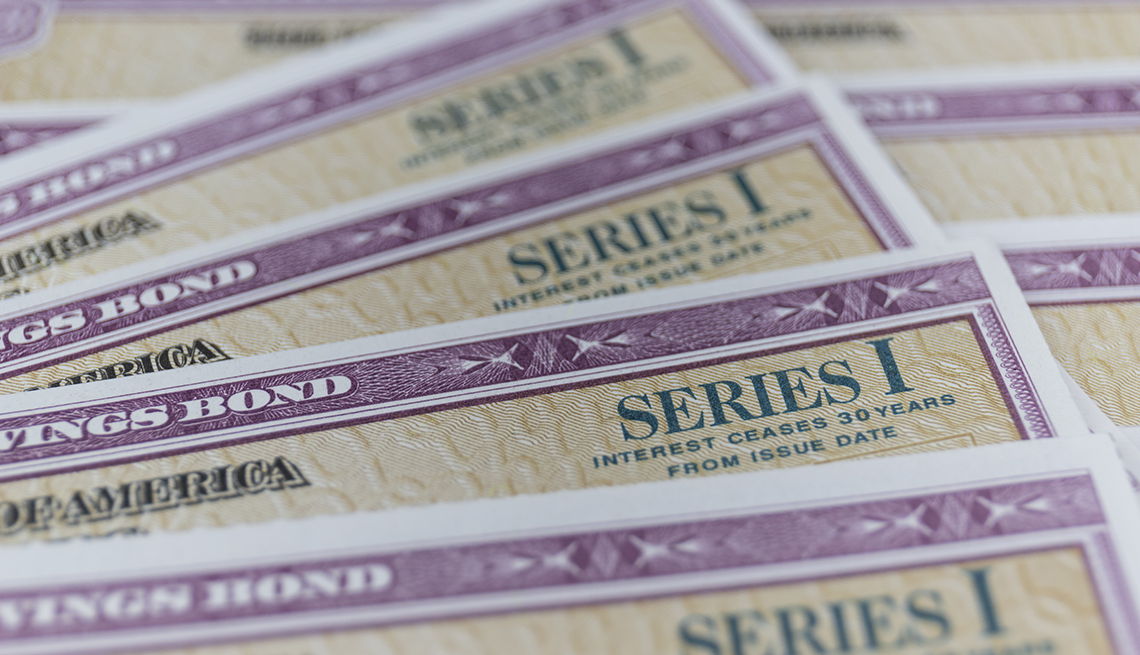Staying Fit
Savings accounts and bank CDs are generally yielding somewhere between 1 and 2.5 percent annually, which means that when inflation runs at 8.5 percent, as it has the past 12 months, you’re losing spending power. If you’re a retiree seeking income, that’s just not an option. Generally speaking, if you want to earn more interest, you’ll need to take on more risk — and for many retirees, that’s not a good option, either. You can safely earn far more with I Bonds, a type of savings bond issued by the U.S. Treasury, and protect against future high inflation.


AARP Membership— $12 for your first year when you sign up for Automatic Renewal
Get instant access to members-only products and hundreds of discounts, a free second membership, and a subscription to AARP the Magazine.
I Bond basics
I Bonds are inflation-protected savings bonds, issued and guaranteed by the United States Treasury. Because of the recent high inflation, I Bonds purchased before the end of October 2022 will yield 9.62 percent for the next six months. If inflation stays high, so will the yield.
An I Bond has a 30-year maturity, which means it will pay interest for the next 30 years. It pays a fixed interest rate, which stays the same for 30 years. The fixed rate is currently zero percent. But I Bonds also pay an inflation adjustment that is reset twice a year in May and November. The inflation rate is based on the Consumer Price Index for all Urban Consumers, or CPI-U. This includes the volatile food and energy components.
You don’t have to hold I Bonds for 30 years. You do have to hold them for one year. If you hold your I Bond for one year and fewer than five years and you redeem your I Bond, you’ll get dinged with a small penalty of three months’ interest. You can redeem after five years with no penalty.
The worst-case scenario if you buy before the end of October is that inflation is zero over the second six-month period. If you redeem at one year, you’ll earn an annualized rate of 4.81 percent. That’s far better than any government-guaranteed savings rate around. And that zero percent inflation rate is unlikely. If we hit double-digit inflation, you will get a double-digit return.
I spoke with Mel Lindauer about I Bonds. Lindauer is the founder and former president of the John C. Bogle Center for Financial Literacy (disclosure: I am a former board member) and one of the authors of the I Bond Manifesto. He has been an advocate for I Bonds since they were first introduced in 1998. Some key points:




































































